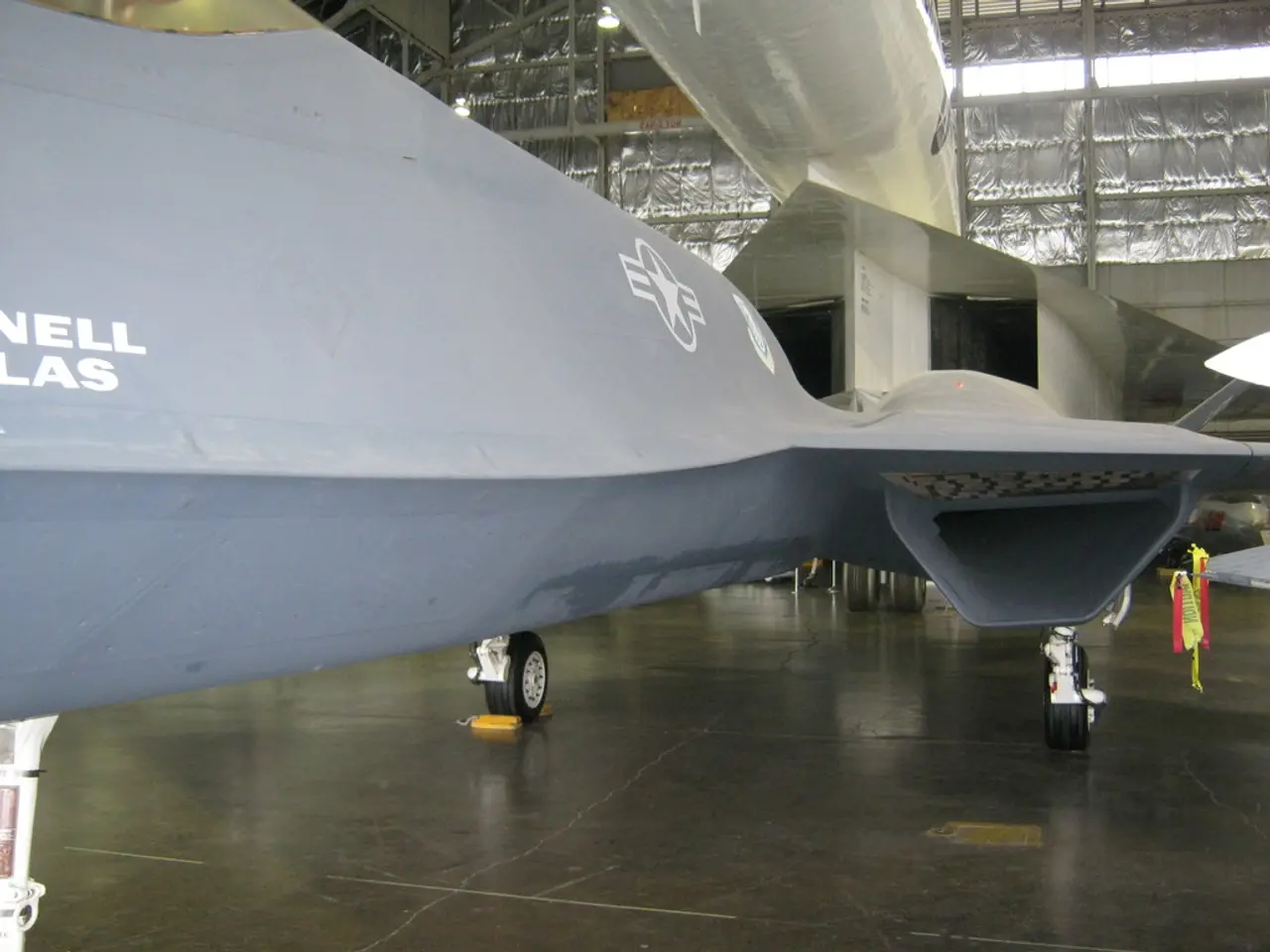Prices of certain goods rise in June due to tariffs, escalating US inflation rates.
In June 2022, U.S. inflation rose due to tariffs on imported goods, leading to an increase in prices for many goods and overall inflation metrics above the Federal Reserve's (Fed) target. This surge in inflation contributed to the Fed's decision to keep interest rates unchanged instead of cutting them, as higher inflation pressures delayed expectations for rate reductions and complicated economic outlooks.
The Fed's reluctance to reduce interest rates was influenced by the inflation dynamics driven by tariffs. In June, the inflation gauge showed a 2.6% increase year-over-year compared with 2.4% in May, with core prices also rising 0.3% month-over-month. Fed Chair Jerome Powell indicated it would take time to determine if these import duties caused a one-time price increase or a sustained inflation trend, leading the Fed to maintain rates in the 4.25%-4.50% range.
Economic growth and consumer spending are adversely affected by rising inflation due to tariffs. Inflation reduces purchasing power for consumers, which can slow consumer spending and, ultimately, economic growth. Higher import prices make goods more expensive for consumers and businesses, squeezing budgets and potentially dampening demand.
Inflation-adjusted consumer spending edged up 0.1% in June after declining 0.2% in May. Recreational goods and vehicles prices increased by 0.9% in June, the most since February 2024. Consumer spending grew at a 1.4% annualized rate in the second quarter. Consumer spending rose 0.3% in June, according to the BEA.
The saving rate was unchanged at 4.5% in June. Prices for furnishings and durable household equipment saw a significant increase of 1.3% in June, the biggest gain since March 2022. Prices for clothing and footwear rose by 0.4% in June.
Economists expect pressure from tariffs and a slowing labor market will put a brake on consumer spending in the third quarter. Inflation-adjusted annual wage growth moderated to 0.9% in the second quarter. The PCE price index rose by 0.3% in June, as reported by the Commerce Department's Bureau of Economic Analysis.
Prices for gasoline and other energy products rebounded by 0.9% in June, after falling for four consecutive months. The advance gross domestic product report for the second quarter, published on Wednesday, showed inflation cooling, though remaining above the Fed's 2% target.
Initial claims for state unemployment benefits rose 1,000 to a seasonally adjusted 218,000 for the week ended July 26. In the same 12-month period, core inflation (excluding food and energy components) advanced by 2.8%. The Fed tracks the PCE price measures for monetary policy.
[1] [Source 1] [2] [Source 2]
- The increase in prices for many goods due to tariffs has caused an overall inflation rise, affecting various sectors such as health, sports, and general-news, as inflation can make necessary items like food and medicine more expensive for consumers.
- In the realm of business and industry, finance, and politics, the Federal Reserve's (Fed) decision to keep interest rates unchanged was influenced by the surging inflation driven by tariffs, which complicated economic outlooks.
- News outlets have reported on the impact of tariffs on consumer spending, with inflation reducing purchasing power, potentially slowing consumer spending and ultimately affecting economic growth, thus affecting all sections of general-news.
- According to the Commerce Department's Bureau of Economic Analysis, prices for furnishings and durable household equipment have seen a significant increase, which is a consequence of inflation amidst the context of tariffs and could be of interest to both business and industry and general-news readers.
- The news of inflation-adjusted annual wage growth moderating and the PCE price index rising is relevant to both business, finance, and political discussions, as well as general-news, given their potential effects on consumer spending and overall economic stability.




